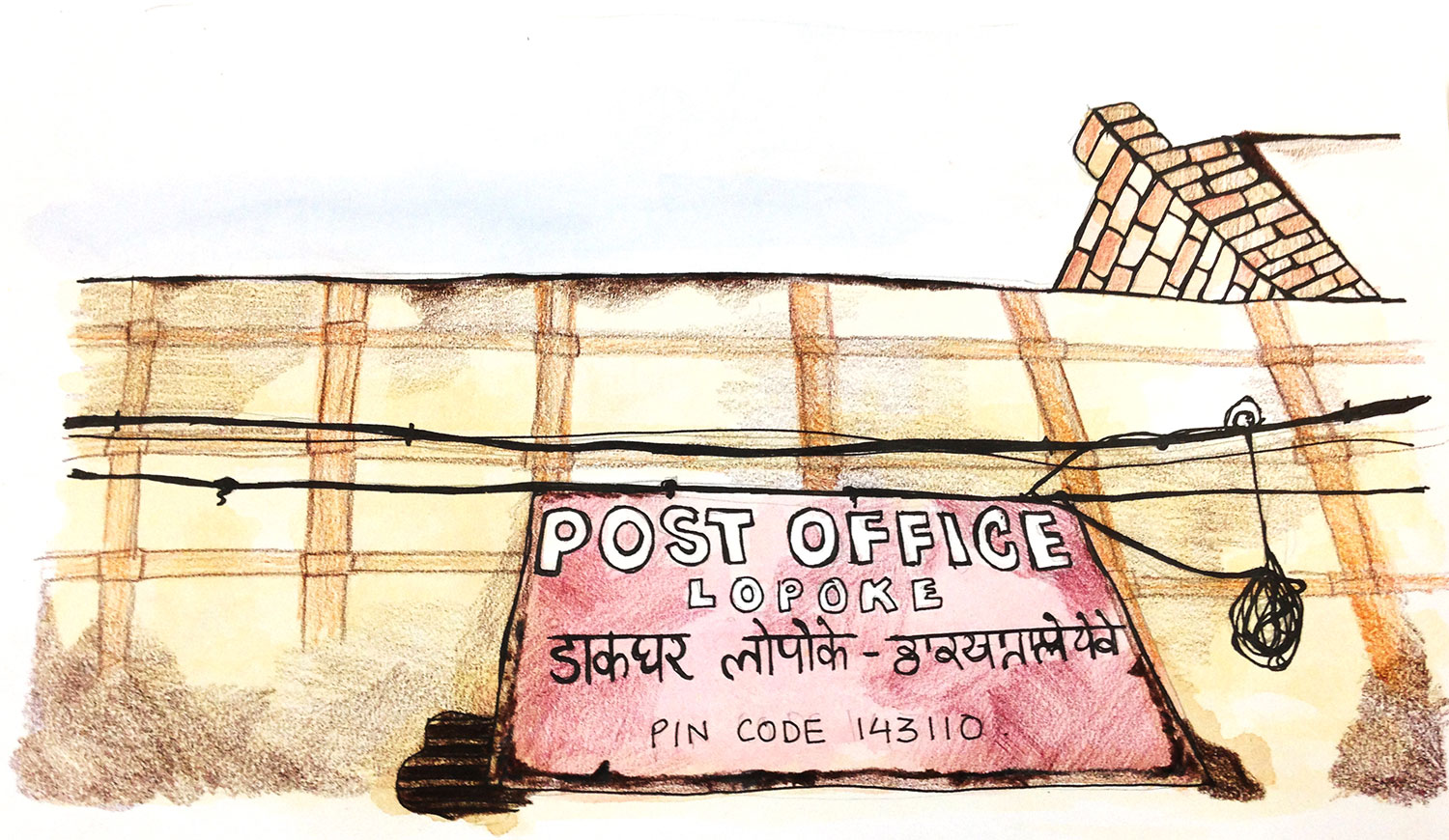22 FEBRUARY 1984
It is the year 1984. In Preetnagar, a village on the border of India and
Pakistan, Darbara Singh reads about the death of his son in the newspaper.
An uneducated youth had unknowingly joined the fight for an
independent Sikh state. Darbara’s son was considered a terrorist.
Does that mean that he should not mourn him?
The Memory Lab at the Srishti School of Art, Design, and Technology provided a space for me to examine the role of personal and collective memory while engaging with the complexities of history. Our focus was the 1984 Sikh Massacre, which followed the assassination of Indira Gandhi by her Sikh bodyguards. For me, these atrocities had been reduced to mere statistics, compelling me to gather narratives about the events of a single day in February 1984, when terrorists entered the town of Lopoke, Punjab.
As individuals shared stories that deeply shaped their lives, I came to understand that memory and its recollection serve as a home for experience. Memory not only preserves but also offers a way to learn and challenge the impermanence and singularity of events, fostering deeper understanding. This project features illustrations created both on-site and afterward as tools for reflection. It also includes a multi-channel video installation developed in collaboration with my Memory Lab cohort.
Sketchbook illustrations, on the search for Keemti, the village postmaster.
Charcoal on paper. 22 x 16 in.
22 February 1984. Multi-screen projection. Ghosts of Image/in/nation. JAGA, Bangalore.






